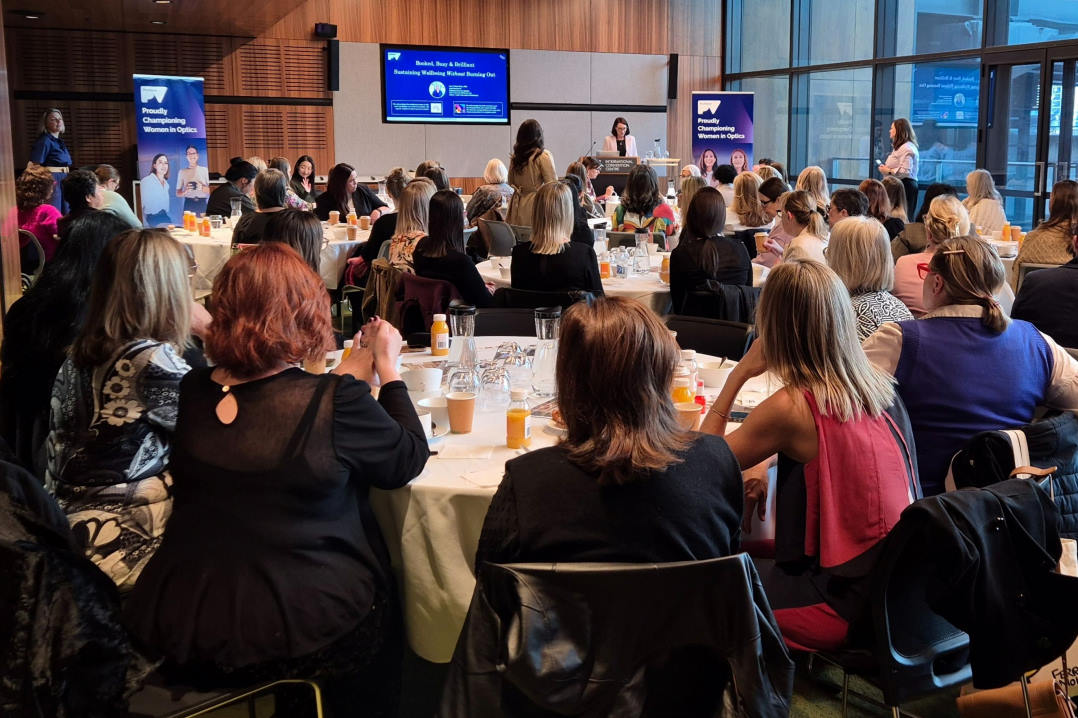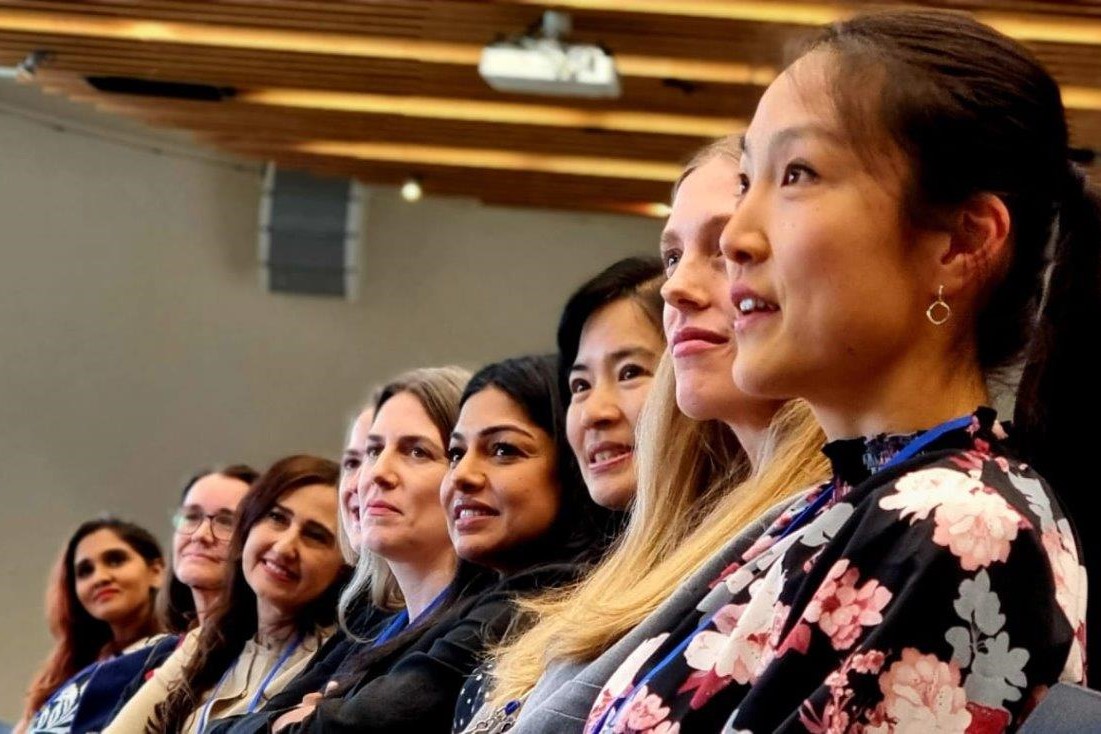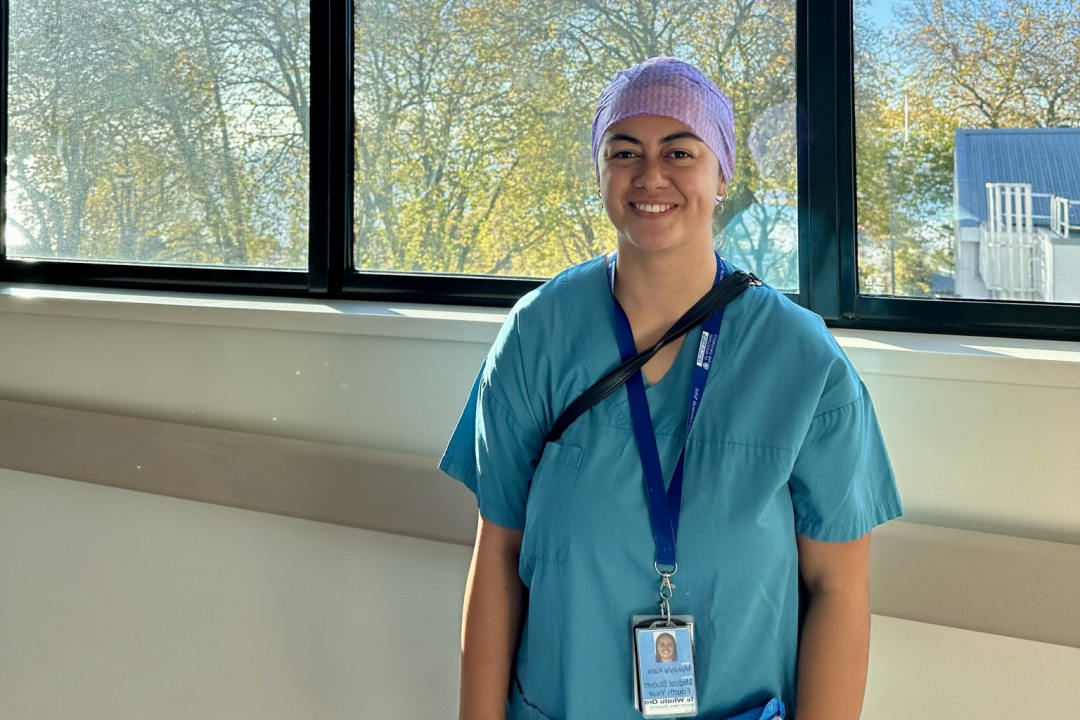Women in Ophthalmology: reducing the gap
“It is surprising how many conferences still have ‘manels’ (all male panels) despite there being exceptional and talented women who could tackle the topics”
The theme for the WIO’s strategic plan over the last two years has been advocacy; advocacy on multiple dimensions. But like its impact on so many facets of our lives, the Covid-19 pandemic has meant we have had to be creative to reach our targets.
Women on the podium: the Tick and Speaker Bureau
Speaking opportunities at academic meetings are a highly visible marker of gender representation. The importance of participation in academic conferences is well known for members of the scientific community. These include career development, building networks, increasing visibility and improved quality of clinical and research skills. Women continue to be under-represented across multiple medical, clinical and surgical events and even more so in the most visible positions, such as speaking roles.
A lack of diversity limits the progression of science. While there is a plethora of data establishing that gender diversity is crucial, research also indicates that gender inequalities persist in surgical specialities, including ophthalmology.
Thus, one area of advocacy WIO has focused on is to promote more women on the podium at conferences. It is surprising how many conferences still have ‘manels’ (all male panels) despite there being exceptional and talented women who could tackle the topics.
WIO has taken a proactive approach, working with the RANZCO board to launch the RANZCO-WIO ‘Tick’, the first initiative of its kind by any surgical college. The Tick is an endorsement by RANZCO that a conference or event has achieved at least 35% female representation. It is a visible signifier that event organisers are as dedicated to gender diversity and inclusion as RANZCO is and is awarded by WIO on its behalf so organisers can then use the Tick in their promotions. It also allows WIO to work collaboratively with conference organisers to produce more gender equitable programmes, with deliberate action having been shown to improve the diversity of meetings.

Despite being launched just a few months ago, several conferences in the region have already been awarded the Tick, including the RANZCO Congress, AUSCRS, ANZSS (the Australian and New Zealand Strabismus Society) and NOSA (the Neuro-ophthalmology Society of Australia). There have been some conferences that have not met the target and WIO is now working with them for next year.
Adding the Tick to an event website, programme and marketing collateral demonstrates commitment to gender equality, and diversity of thought and excellence.
WIO has also launched the RANZCO Speaker Bureau¹, a flipbook of RANZCO fellows and trainees who have opted to publicise their availability and specialisms to speak at events. The Speaker Bureau is intended to facilitate finding a broad range of speakers and can be searched by topic, gender and location, allowing conference organisers more access to women speakers.
Researching the issues
Nothing has a louder voice than science. One study initiated by WIO and carried out with my New Zealand-based co-investigators, Drs Hannah Gill and Rachael Niederer, looked into the surgical experience of female ophthalmology trainees². We used logbook data to determine the access of trainees to surgical cases during training and found that at four years, the mean total surgical volume for females was 21.1% lower than for males! For cataract surgery, the difference at four years was even more startling at 41.7%. As a result of these findings, the Censor-in-Chief of the college, Dr Justin Mora, has now made it mandatory for each training programme to report gender split in surgical cases³.
Providing a virtual presence
As there were no in-person conferences for the past two years, WIO developed two virtual educational programmes, both supported by Johnson & Johnson Vision.
The first was a webinar series, ‘Myths and Realities’, which featured six outstanding female ophthalmologists from around the world who addressed myths and realities in the different ophthalmological sub-specialties⁴. They also candidly discussed their journey through ophthalmology and the hurdles they faced. Speakers included Professor Anne Coleman, president of the American Academy of Ophthalmology; Professor Ciku Mathenge, an eyecare leader in Africa; Dr Julia Haller, ophthalmologist-in-chief at Wills Eye Hospital, Philadelphia; and Professor Justine Smith, editor-in-chief of Clinical and Experimental Ophthalmology.

We also developed a podcast series, 10-minutes of Science, which included 10 journal club-style podcast discussions tackling topical areas of clinical practice⁵. This has been so successful that we are launching a second series this year.
Mentoring support
RANZCO has also established a broad mentorship programme to connect mentors and mentees. This allows younger women trainees and fellows to identify other women or men who they would like to assist them to grow and develop in their chosen ophthalmology fields and outside of ophthalmology. Different avenues of mentorship include work-life balance, research, developing a private practice and leadership.
In conclusion
Looking back at the last two years, WIO is very proud of the progress we have made. We are also thankful for the support we have received from the RANZCO board, the committees as well as RANZCO fellows. It has also given us a sense of great pride to have been contacted by international organisations and asked for direction by those wishing to follow our example.
We are excited about the next two years: watch this space!
References
- https://ranzco.edu/home/community-engagement/wio/
- Gill HK, Niederer RL, Danesh-Meyer HV. Gender differences in surgical case volume among ophthalmology trainees. Clin Experiment Ophthalmol. 2021; 49(7): 664- 671
- https://ranzco.edu/home/news-and-publications/publications/eye2eye/ Quarter 4, 2021, Vol 24, Issue 4, pp7-9
- https://ranzco.edu/home/community-engagement/wio/wio-webinar-series-2021/
- https://ranzco.edu/home/community-engagement/wio/wio-podcasts/

A New Zealand-based consultant ophthalmologist specialising in glaucoma and neuro-ophthalmology, Professor Helen Danesh-Meyer is chair of the RANZCO Women in Ophthalmology group, a sought-after speaker and researcher and one of the world’s top 100 women in ophthalmology according to The Ophthalmologist’s first-ever female power list in 2021.
























